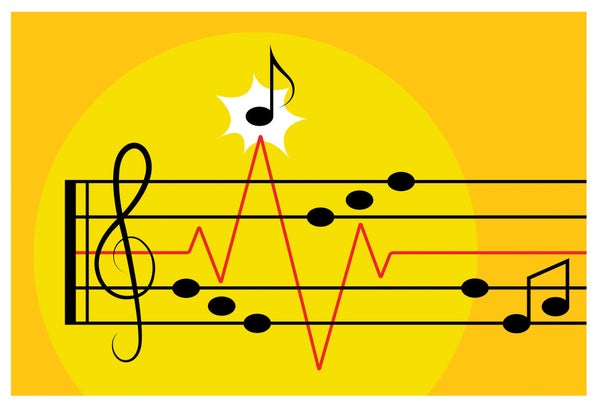Making Alarms More Musical Can Save Lives
Medical alarms don’t have to be louder to be more effective
Beeping alarms in hospitals are a life-or-death matter—but with so many going off all the time, medical professionals may experience alarm fatigue that impairs care. Researchers now report that changing an alarm’s sound to incorporate properties of musical instruments can make it more helpful amid the din.
Auditory alarms can sound up to 300 times a day per patient in U.S. hospitals, but only a small fraction require immediate action. Data from the U.S. Food and Drug Administration suggest that alarm fatigue (including when clinicians turned off or forgot to restart alarms) and other alarm-related issues were linked to 566 deaths over five and a half years.
After a typical day at the hospital, “I’d leave with beeping in my ears,” says Vanderbilt University Medical Center anesthesiologist Joseph Schlesinger. He collaborated with Michael Schutz, a music cognition researcher at McMaster University in Ontario, to analyze how musical sounds could improve hospital alarms.
On supporting science journalism
If you’re enjoying this article, consider supporting our award-winning journalism by subscribing. By purchasing a subscription you are helping to ensure the future of impactful stories about the discoveries and ideas shaping our world today.
In 2015 Schutz and Schlesinger began examining musical qualities called timbres that might let softer sounds command attention from busy clinicians. They found that sounds with a “percussive” timbre, many of which contain short bursts of high-frequency energy—such as wineglasses clinking—stand out even at low volume. In contrast, loud, “flat” tones that lack high-frequency components, like a reversing truck’s beep, get lost. The researchers have since conducted experiments in which participants evaluate different sounds and melodies for annoyance, detectability and recognizability.
For a recent…
Read the full article here







